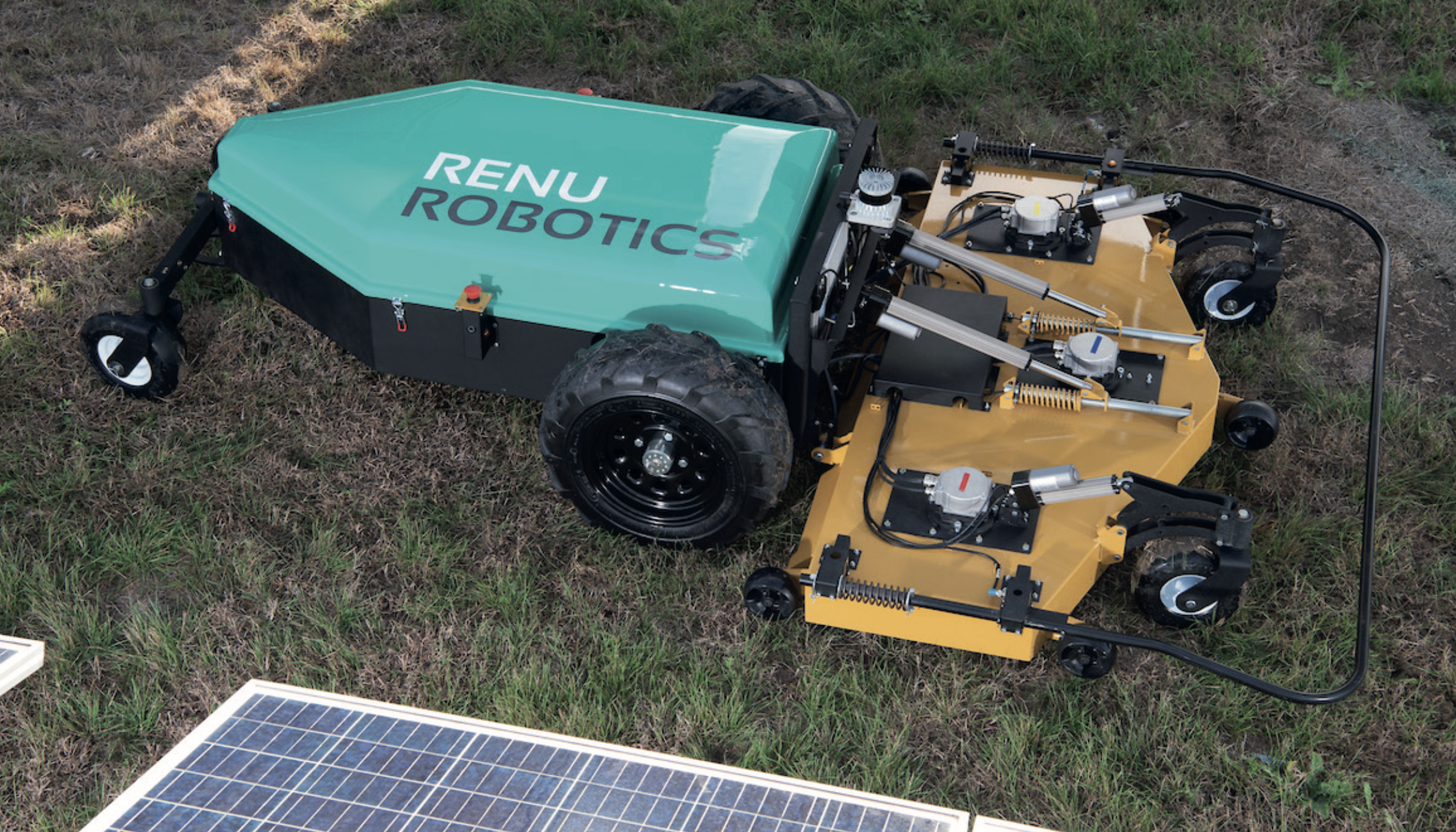Renu Robotics, based in San Antonio, Texas, is developing new innovations in autonomous technology for the renewable energy industry. PES spoke to CEO Tim Matus to learn more.
PES: Tim, tell us how Renu Robotics is serving the renewable energy industry – particularly solar – and what’s the latest on the company’s innovations?
Tim Matus: Certainly, and thanks for the opportunity to tell you about Renu Robotics. As the solar industry continues to grow, so do the annual problems of vegetation management. Not only are expenses increasing, but there are also labor shortages, reliability issues, damages and safety and environmental concerns. These are not easy problems to solve and can be a constant headache. It’s one of those problems that if left unsolved, only grows worse with time.
The really good news is we’ve developed an innovative solution that puts technology to work for owners and operators of utility-scale solar power plants that solves all these issues. Renubot is our first all-electric fully autonomous vehicle that is designed specifically for precision vegetation management on solar plants and other energy facilities.
It can mow during the day or night, is safe, reliable and significantly cuts vegetation management costs and carbon emissions. As the world’s use of renewable energy increases toward a carbon-free economy, such innovations are great for the environment, joining the fight in reversing climate change.
PES: On Renu’s website we noticed the headline: our technology is a cut above the rest. Tell us more about those innovations.
TM: The Generation-3 Renubot has multiple innovative features that we have developed or enhanced from experience in the field. We’ve developed artificial intelligence for autonomous navigation and situational awareness via sensors. There are a number of other technological and communications capabilities that result in an autonomous vehicle unlike anything on the market today.
Its innovative features include artificial intelligence and machine learning that controls energy usage optimization, self-diagnostics and operational area setup. The vehicle’s enhanced environmental assessment capability allows the bot to utilize data so it can actually learn and assess the topography it travels.



























